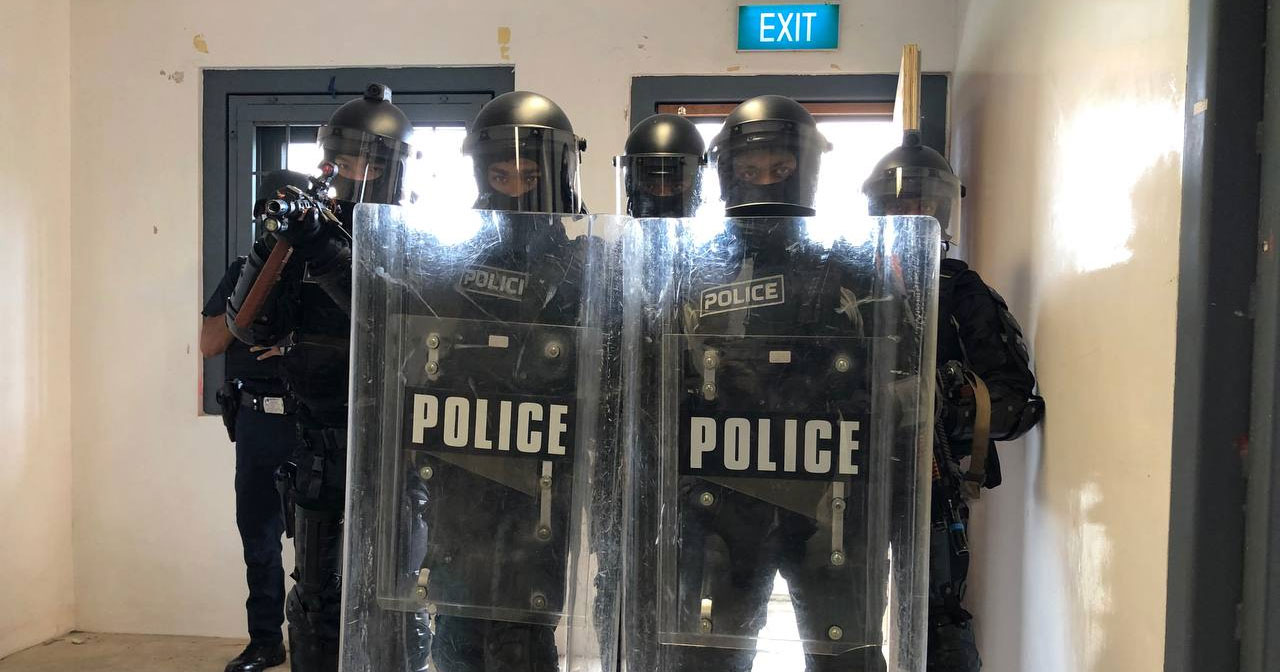If the Singapore Police Force officers show up at the door and are using force to bang it down, it means they have gone through a few options that did not work.
In response to media queries time and again on the type of police response to incidents where subjects have locked themselves in, SPF organised a scenario demonstration at the Home Team Tactical Centre (HTTC) on April 27 to show how officers manage stand-off situations and share some considerations behind the resources deployed.
Barricaded events
According to SPF, the police are routinely called upon to attend to incidents whereby individuals had locked themselves in a unit or confined space.
Stand-off situations or barricaded events are defined as those involving physical barriers, such as doors or metal gates, which prevent the authorities from resolving an incident effectively and quickly.
And no two incidents are alike.
Evade arrest or attempt suicide
The police said such stand-off incidents involve different dynamic and volatile situations.
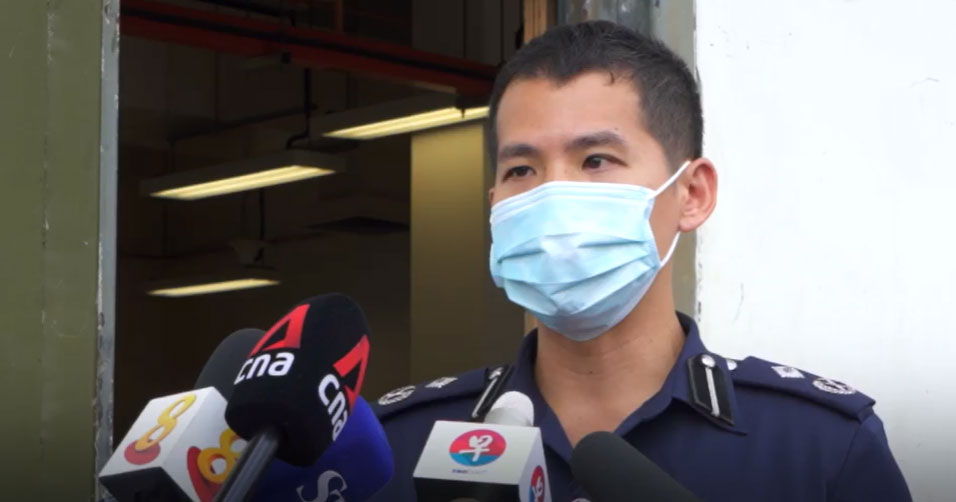
Commander of Central Police Division, Gregory Tan Siew Hin, 37, said: "Incidents can generally be categorised into: Persons evading police arrests, persons who are contemplating suicide and incidents involving persons who may be of unsound mind."
"The goal is always to de-escalate and the ideal outcome is for the other party to surrender on their own without the use of force. Many incidents have been resolved without any force due to persistent and effective engagement."
"Generally, the approach is to minimise harm and uncertainty."
This is to ensure the safety of all persons involved, including the perpetrator and members of the public, and to resolve the situation with minimal harm to persons and damage to property.
Police approach to a stand-off
The police said they have a range of capabilities to manage such stand-off situations.
They will assess the situation and deploy suitable tactics depending on the circumstances.
Police resources such as the Crisis Negotiation Unit (CNU) and Special Operations Command (SOC) may be activated to provide different options to resolve the situation.
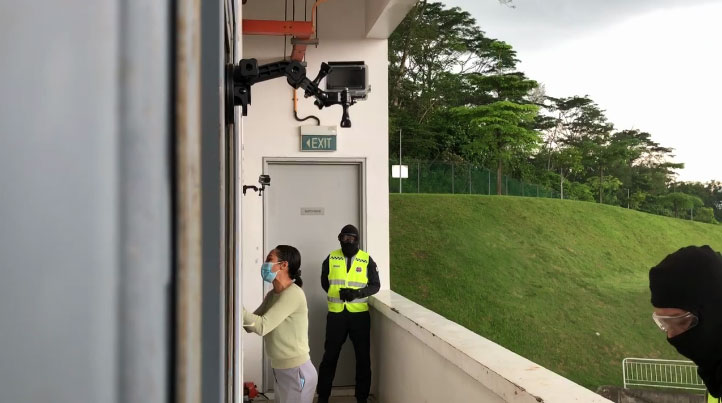
For example, a station inspector who is part of the Ground Response Force from a neighbourhood police centre will attend to the incident as a first-responder.
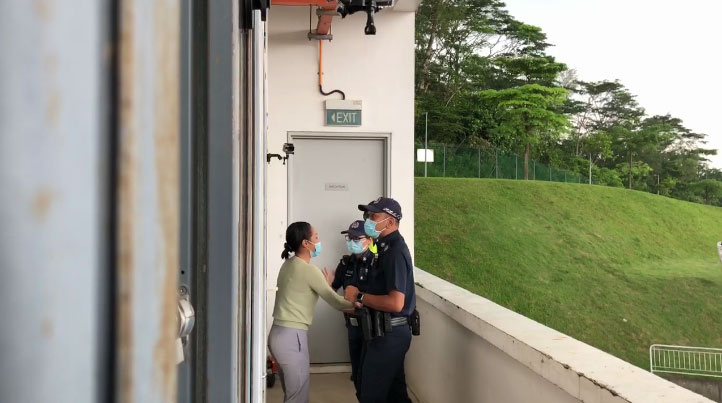
An inability to resolve the situation would see police officers and psychologists from the CNU attempt to handle cases involving barricaded individuals or those who attempt to commit suicide.
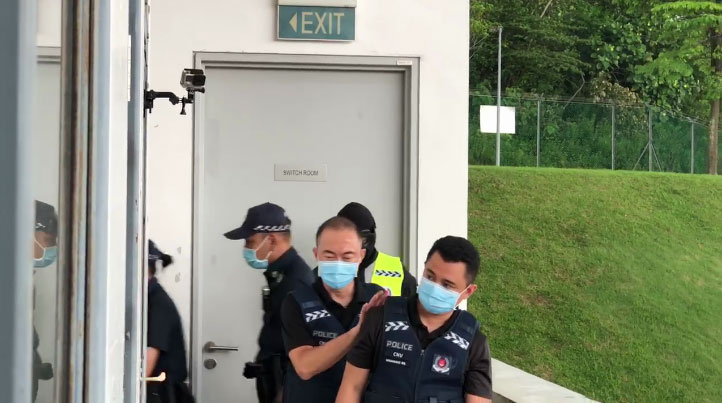
When that approach does not lead to a resolution, police officers from the SOC are called upon.
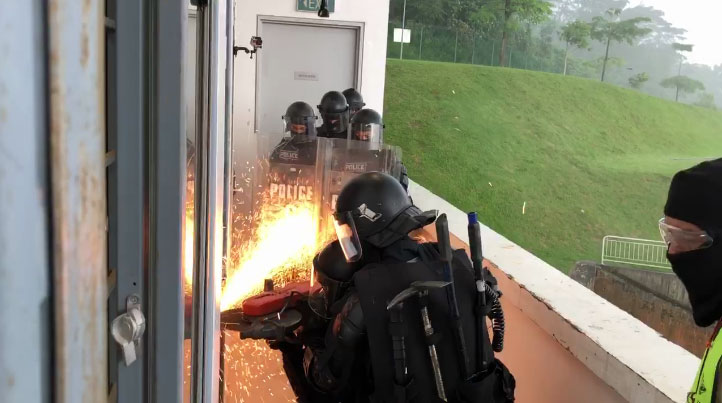
The SOC officers are trained in the execution of different tactical options, including gaining access to a locked unit.
Officers and subjects do get hurt
SOC officers that carry out door breaching activities to gain forceful entry are frequently seen in media footage decked out in heavy gear.
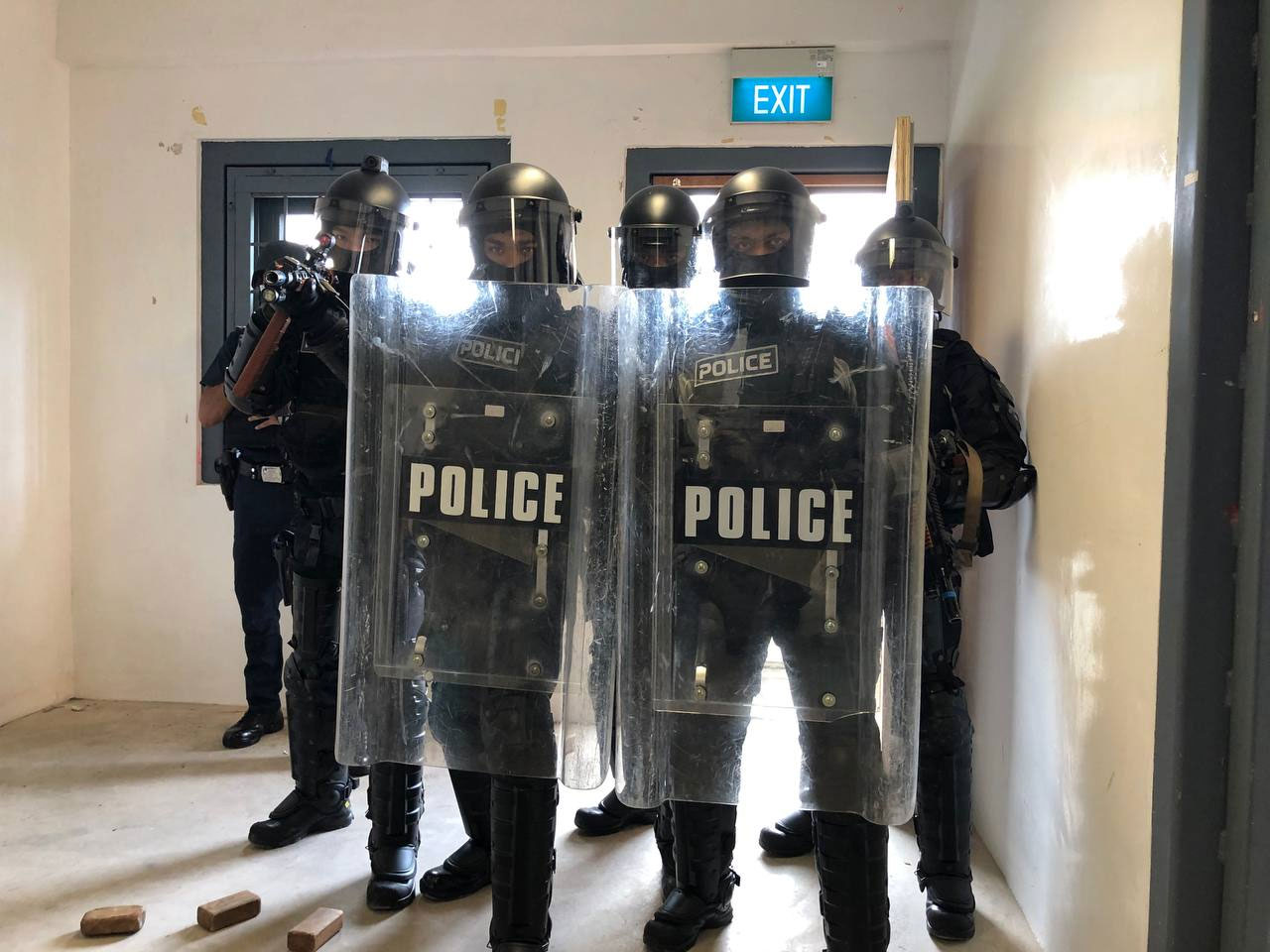
This is due to the risks of entering premises of individuals who cannot be negotiated with.
The individuals involved can refuse entry to the police and also turn violent and threaten the safety of persons located within a unit and even the responding officers.
And injuries to various parties, including the police officers do happen, police said.
Tan, who is Assistant Commissioner of Police, added: "We have had cases where the person ran to the ledge or window. In some cases, officers managed to break the door quickly enough, or find a way to crawl through windows to stop the person and save a life."
"There were also incidents where officers were not able to reach the person in time to stop them from ending their lives."
Longest stand-off: 17 hours
The record for the longest incident so far was a 17-hour stand-off in Sembawang in 2016.
And some incidents involve the same individual more than once.
Tan added: "A memorable case involved a female elderly lady who threatened self-harm and we attended to her twice over two months."
"Thankfully through sustained engagement post incident and a Whole-of-Government effort to ensure proper provision of care, she recovered from her underlying condition and the cases ceased."
Police will also consider the condition of the individuals and convey them to the hospital or Institute of Mental Health immediately after assessing if they require medical assistance or treatment.
If an individual is apprehended under the Mental Health (Care and Treatment) Act, he or she will be sent directly to the IMH for examination.
Types of incidents unpredictable
However, it is the unpredictability of incidents that would require those responding on the ground to adapt quickly.
A principal psychologist with CNU, Ho Hui Fen, 39, recounted:
The longest incident that CNU was involved in was about 17 hours but I was not personally involved. One of the most memorable and difficult incidents I was involved in was an incident where two construction workers were up on two cranes at a construction site and refused to get down. It was challenging for the team as we had to negotiate using loudhailers.
Another long stand-off incident I can recall was in Mar 2016 at a HDB flat in Ang Mo Kio with a chopper-wielding person lasted for about 13 hours. This incident involved several CNU members and various other police resources working closely to eventually successfully resolve the incident. The incident was eventually resolved when police breached the unit and arrested the person.
There was another incident when a man was seated naked on a balcony drunk and feeling suicidal. Deploying a tactical option was not possible due to the structure of the building and negotiation was the only way to get the man to safety. Luckily, he eventually came down from the balcony safe and sound.
Handling such situations can take an emotional toll on psychologists, as it can be heart-wrenching to see some family members having to cope with the struggles they are having with the person (especially those with chronic mental health issues and can be violent or suicidal). The psychologists do check in, talk and share with one another as a form of coping mechanism.
Top photo by Hor Teng Teng
If you like what you read, follow us on Facebook, Instagram, Twitter and Telegram to get the latest updates.
